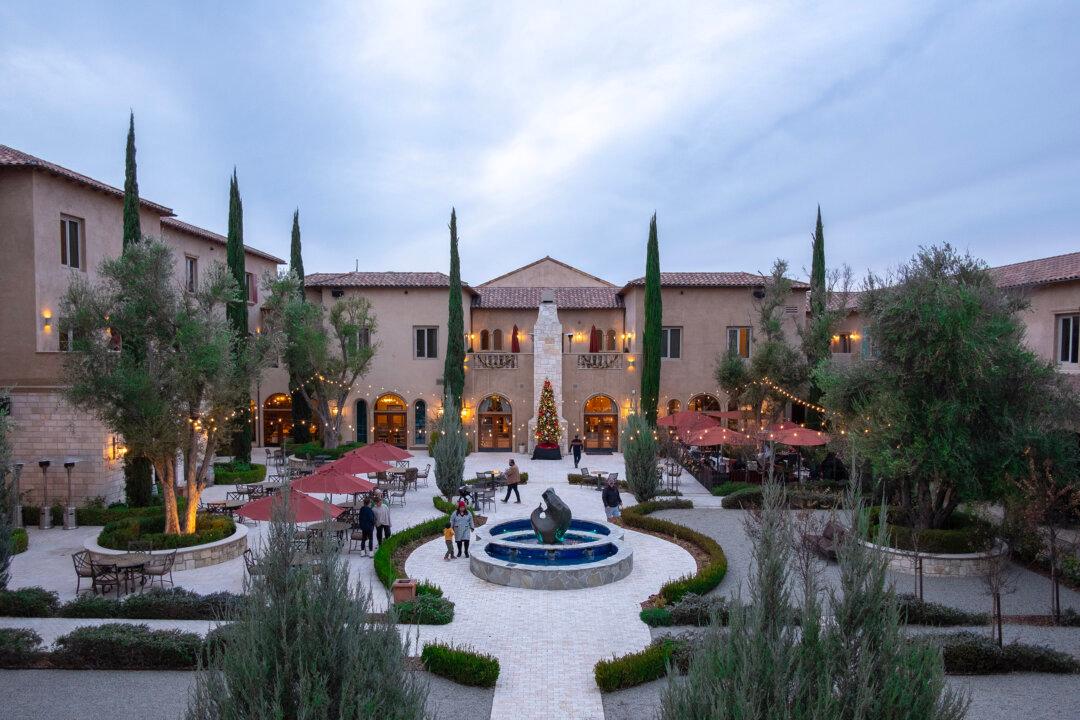By Marlise Kast-Myers
From Tribune News Service
It was two days before Thanksgiving when my husband, Benjamin, and I stood on a jet bridge in San Diego awaiting our flight north to San Luis Obispo. It had been a rough month of deadlines, diagnoses, and drama that rattled us enough to prioritize living in the moment.






